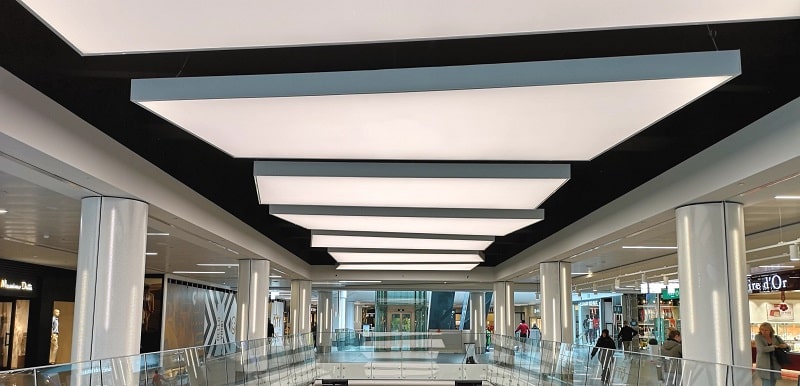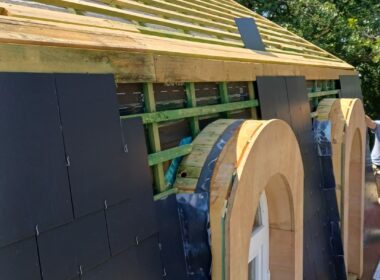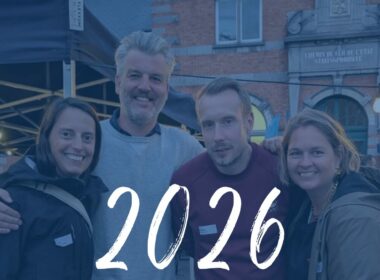In 2011 the European Parliament voted a new guideline to reduce the use of dangerous products in electrical and electronic equipment. As from September 2023, fluorescent lighting can no longer be produced. While stocks can still be sold, most manufacturers are already stopping production.
EU Parliament main objective is Ecological impact as well as reducing peoples and companies energy bills:
- By accelerating the transition to LED lighting, which is more energy-efficient and non-toxic, the move will avoid 26.2 metric tons of mercury pollution and 261.5 million metric tons CO2 emissions from 2025–2050, and save people $77.8 billion in lower energy bills.
- At COP 26, the EU committed to cut emissions by at least 55% by 2030, aiming to become the first region to reach climate neutrality by 2050. This fluorescent lamp phase out is an important part of that promise, which can be done at a direct societal benefit.
- LEDs are a rare silver bullet technology – they’re ready now, they cost half as much to run as fluorescents, and they constitute a double win for climate change mitigation and reducing toxics pollution.
- And of course, since early 2022, energy price increase has become a slight issue for both households and companies. Switch to LED is then an opportunity to mitigate energy risk
Moreover, when combining LED to simple, but smart, sensors and light management, we can decrease energy usage to more than 80% of the existing ones.

In the recent years, many solutions appeared on the market for switching from fluorecent to LED. The most economic on the short term is putting LED tubes. Although they are easy to install, there are several open risks:
- Photometry of the luminaire is no more valid, and light level conformity (EN-12464) is no more insured.
- Lifespan of LED tubes is much lower than LED luminaires
- Removing ballasts make impacts CE marking of the luminaire, leading some legal and insurance risks. Keeping ballasts is easy, but what shall the facility manager do when it will have to replace this ballast, knowing that they won’t be produced any more.
The change of light technology must then be considered by facility manager as a technical project, not just a maintenance question.
As Light specialist, we also see it as an opportunity to improve user health. Actually, many people are working in a non-conform environment. Mostly light level that are too low or uneven distributed, and flickering of existing luminaires. While many people are used to work in such environment, we know today that impact of wrong lighting is definitely consequent. Actually, KUL demonstrated the impact of lighting on both workers health and firm productivity. This is confirmed when analyzing new international building standards such as WELL, where lighting comfort is an important factor.
Therefore, as lighting specialist, Ledea Light sees the current switch of technology as an opportunity of developing an accurate lighting plan. It will lead to a better environment for both planet and people.
Auhor: Aymeric Donnay, Director of Ledea Light
Read also: Interior insulation: a free tool to help make the right choices; Should we throw the EPB out with the bathwater?; Glass: essential in any construction project; Moment-resisting joints in timber construction





